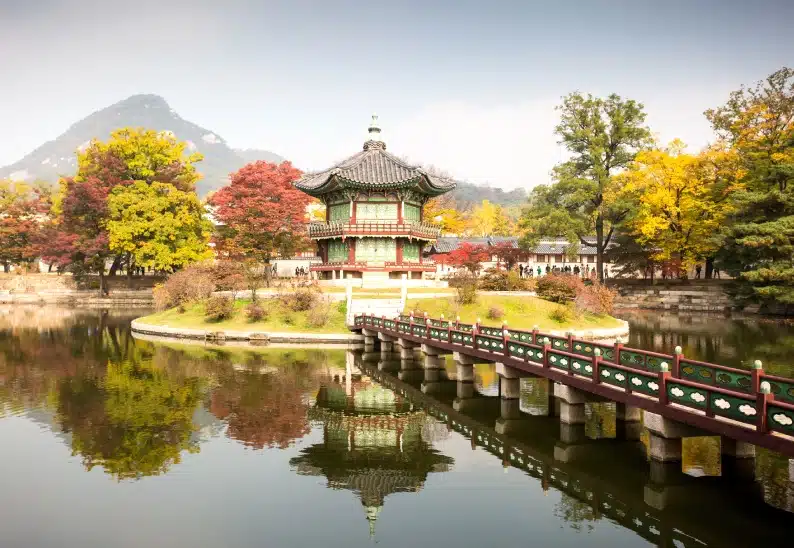words Alexa Wang

Korean art is a vibrant reflection of the country’s rich cultural heritage, shaped by centuries of artistic traditions, including a deep reverence for nature, spirituality, and community, but also influenced by the country’s tumultuous history. In order to preserve this ancient heritage, the Kaesong Collection was born, promoting some of the most notable artworks and artifacts in Korean history.
What is the Kaesong Collection?
The Kaesong Collection is a remarkable archive of Korean art, containing some of the most exquisite pieces of traditional and contemporary Korean artwork. Named after the ancient city of Kaesong, the collection was created to showcase some of the hidden treasures of Korean art, including influential artworks by North Korean artists.
The collection of Korean art Kaesong was created by Frans Broersen, an avid art collector from the Netherlands and co-owner of the BTB Art Foundation. Currently, the Kaesong Collection includes over 1,500 pieces and is one of the world’s largest and most culturally significant collections of North Korean art.
The rich history of Korean art: tracing the roots of the Kaesong Collection
The Kaesong Collection showcases the beauty and diversity of Korean art, spanning over a millennium of history and encompassing a wide range of mediums, from pottery and paintings to textiles and sculptures. The earliest traces of Korean art date back to the Neolithic period, when prehistoric inhabitants created intricate pottery vessels and tools.
Over time, Korean art evolved and diversified, reflecting the influence of neighboring civilizations, mainly China and Japan, but also strongly showing the unique cultural and spiritual traditions of Korea. Some of the most iconic forms of Korean art include celadon pottery, Buddhist sculptures, landscape paintings, and folk art.
The collection aims to re-trace the roots of Korean art and tell its long and fascinating history. By gathering some of the most influential and important pieces of Korean art through the centuries, the Kaesong Collection aims to show a deeper appreciation for the country’s artistic legacy and the many factors that have shaped it over time.




